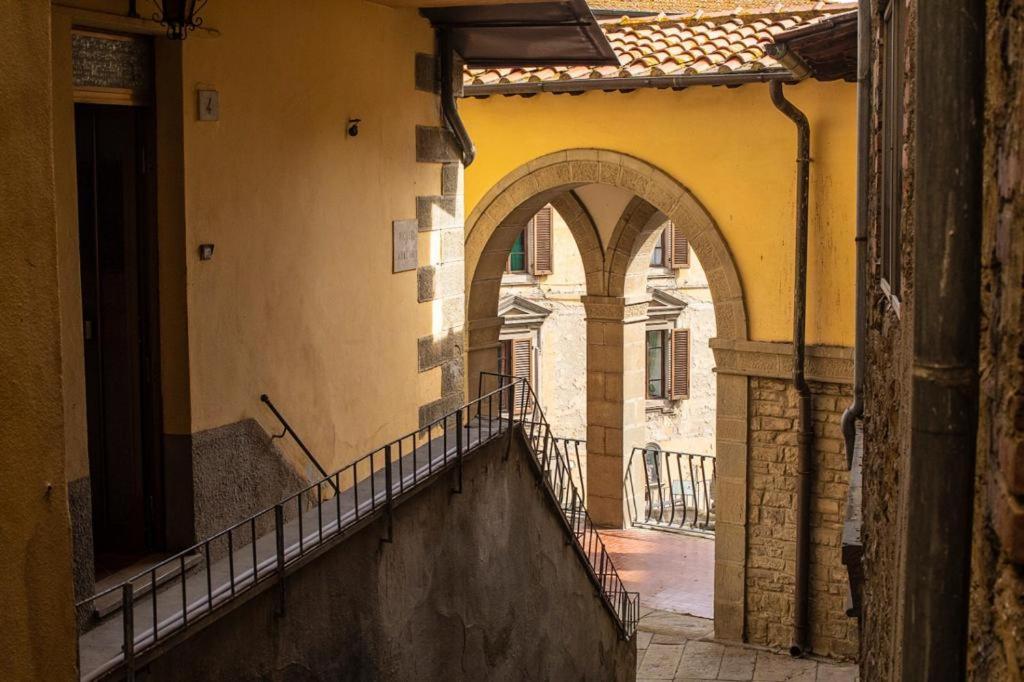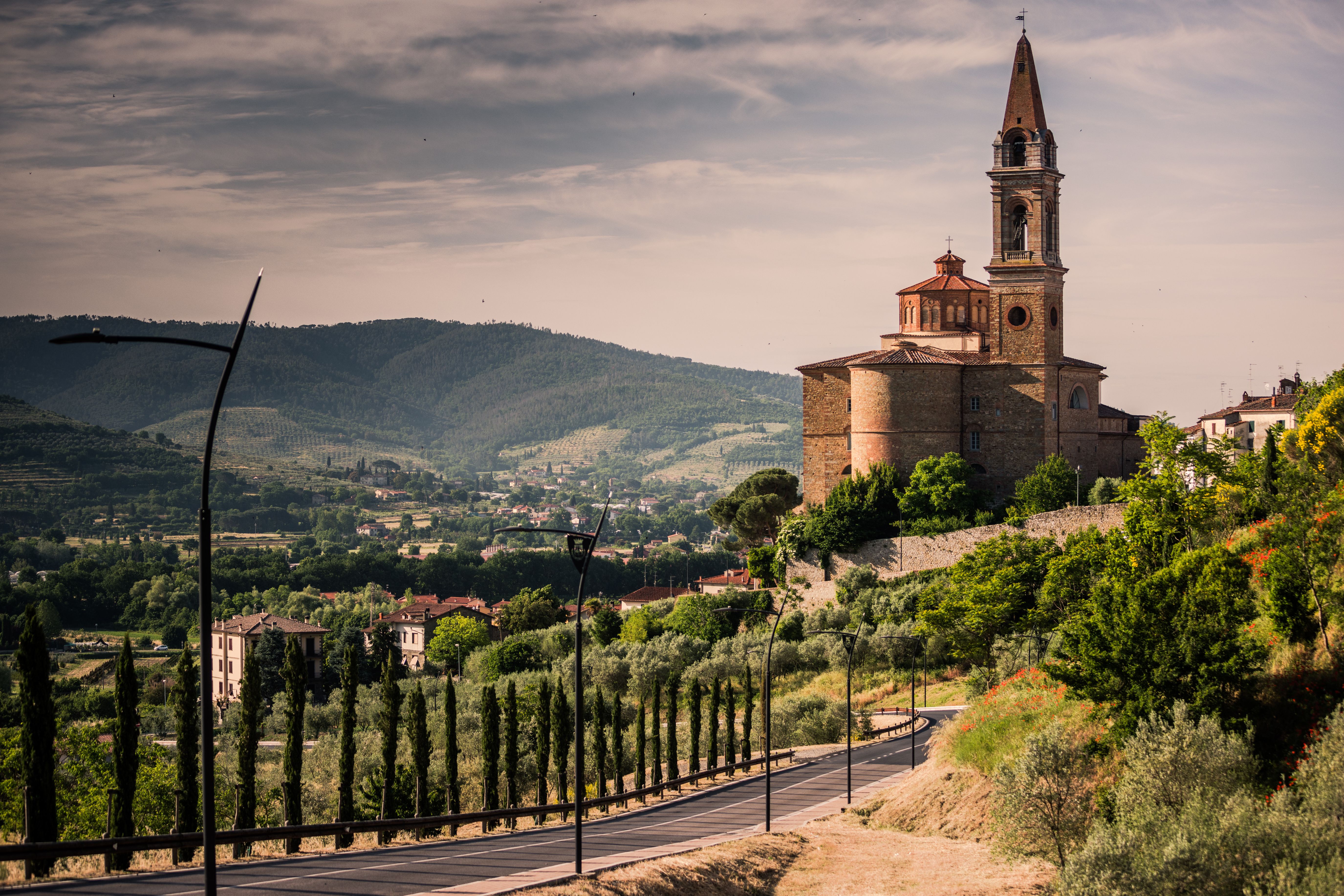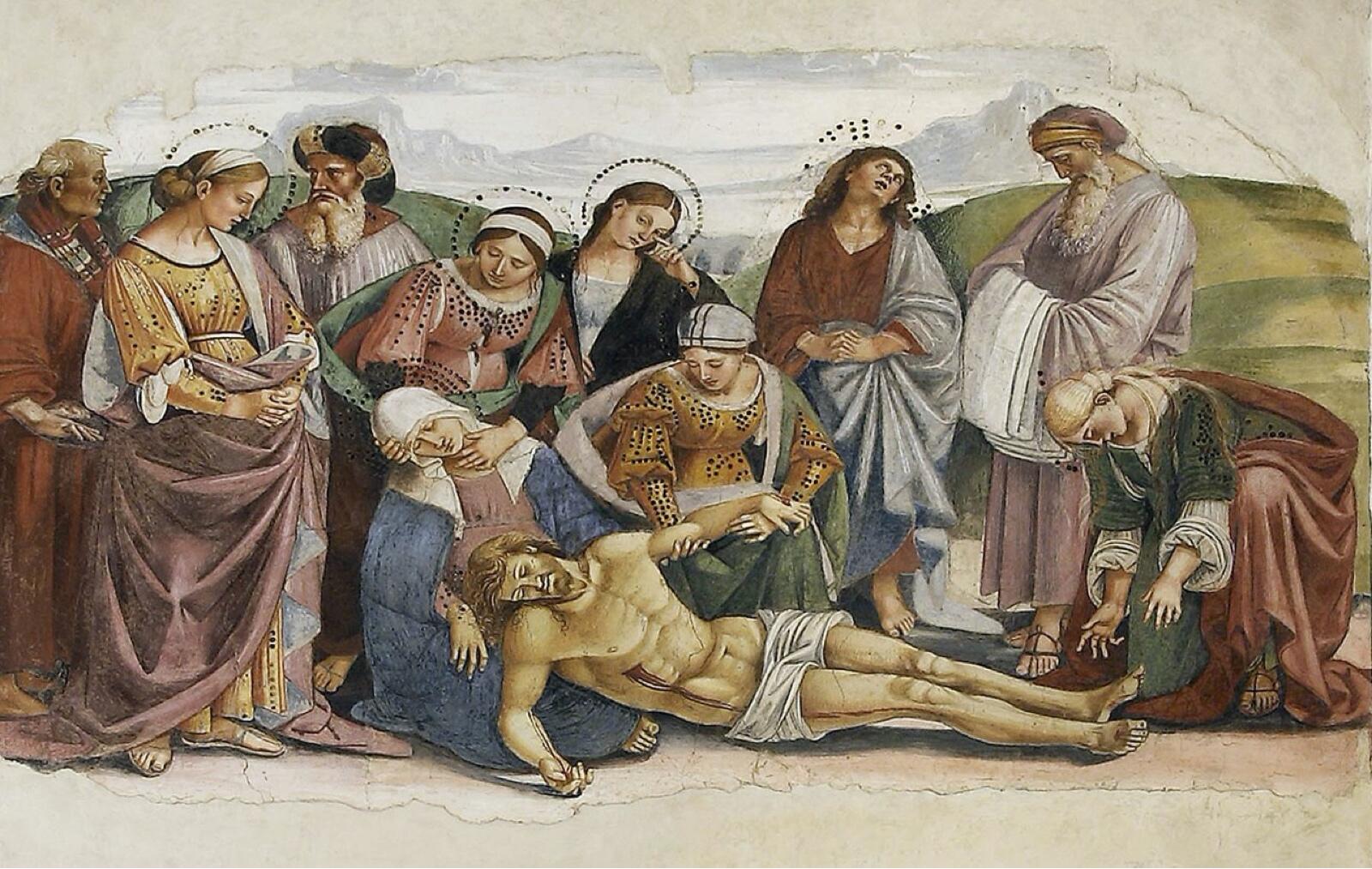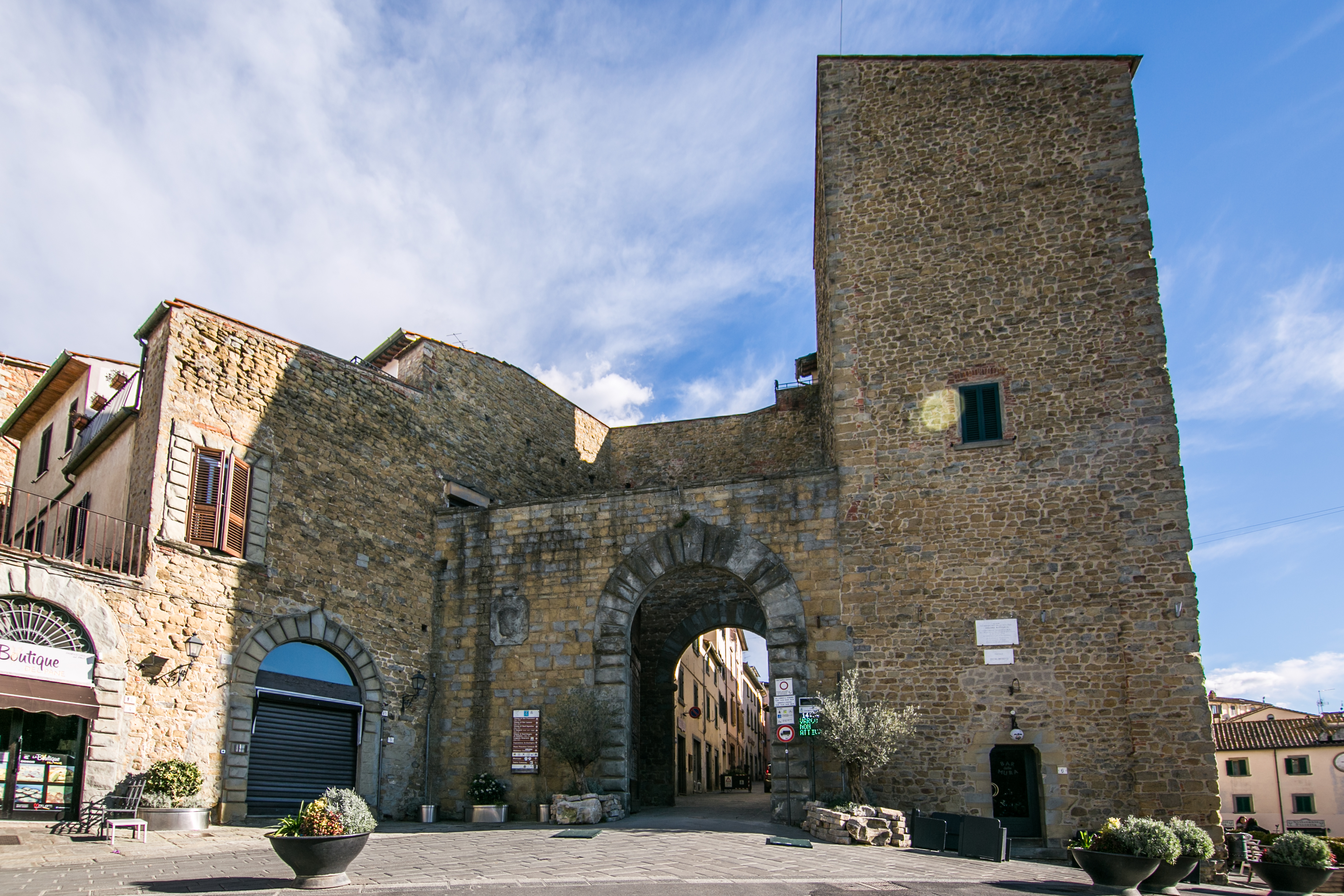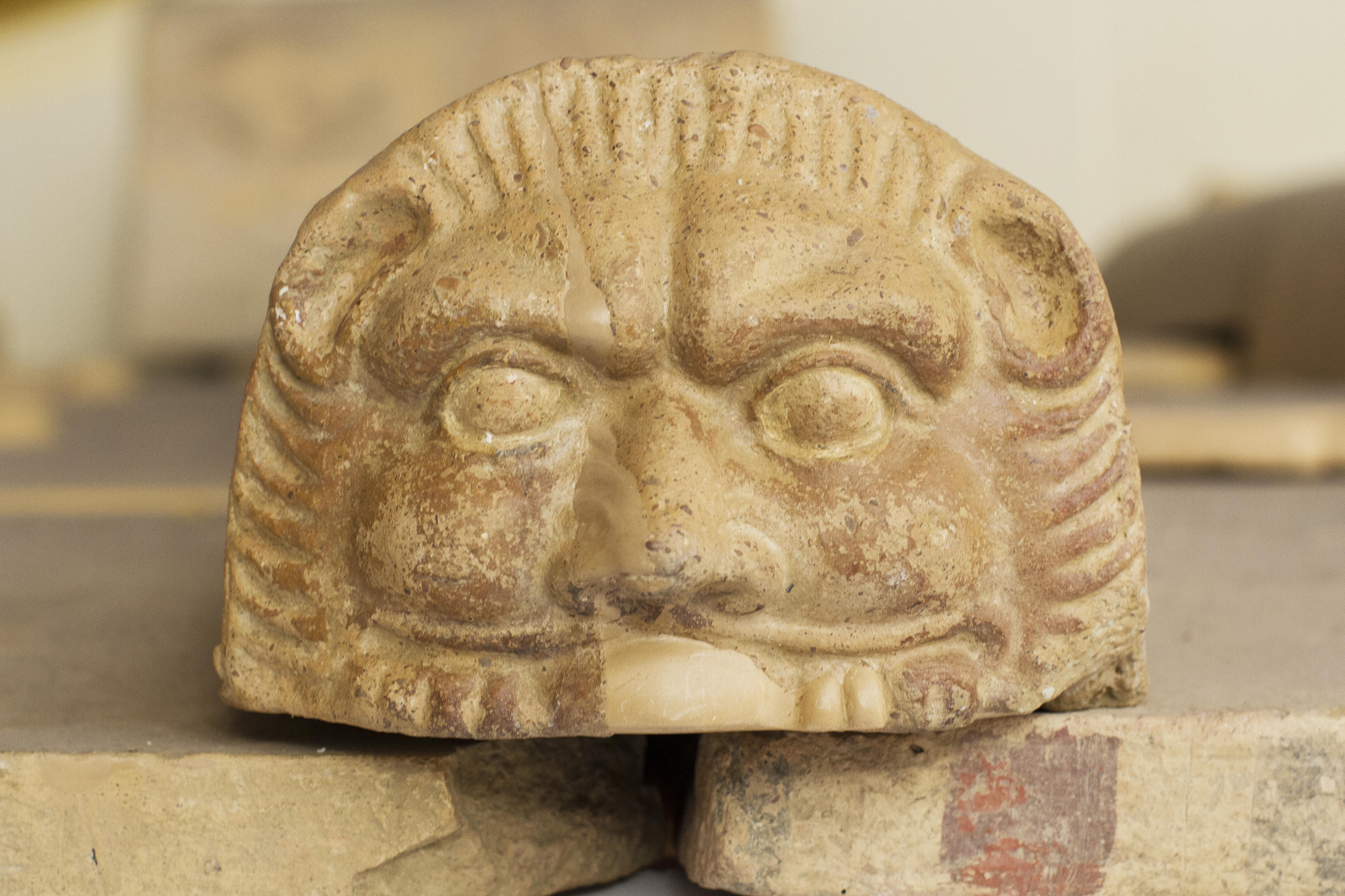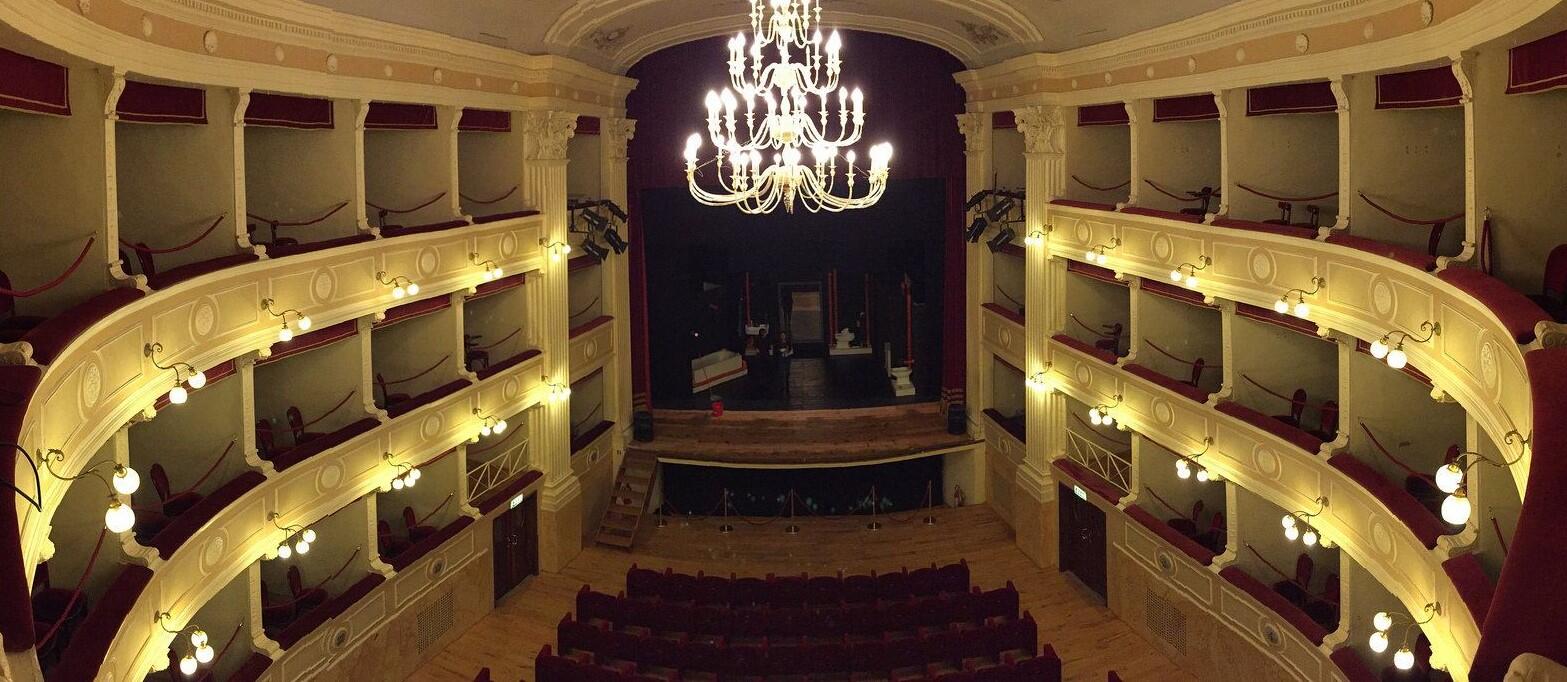POINT OF INTEREST
CHURCHES
Church of Consolation
In the Middle Ages, at the foot of the village of Castiglion Fiorentino, there stood a small shrine containing an image of the Madonna and Child attributed to Luca Signorelli.
In the Middle Ages, at the foot of the village of Castiglion Fiorentino, there stood a small shrine containing an image of the Madonna and Child attributed to Luca Signorelli. Eleonora of Toledo, wife of Cosimo I de' Medici, after regaining her sight by praying before the tabernacle, had a temple built in homage to the image.
The cornerstone of the Church of the Madonna della Consolazione was laid in 1565, and construction continued for approximately forty years. The building has an octagonal central plan and is externally divided in two by a wide cornice: the lower section, in Doric style, features alternating rectangular windows and niches, while the upper section, in Ionic style, is embellished with large oculus. We have no certain information about the author of this extraordinary work. Some believe it is clearly the work of Vasari; others believe the church is based on a design by the famous architect Antonio da Sangallo.
The work was completed in 1607, but just a year later, following incessant rains, the dome collapsed; it was then decided to build a simple pyramidal roof. Inside, in a side chapel of the octagon, an altar by Berrettini containing a fresco of the Madonna was placed. On the morning of June 9, 1967, lightning again caused the roof to collapse, and the church was reopened only 16 years later.
Images that tell a story
Welcome to our gallery: a collection of images that tell moments, emotions, and details that often escape words. Each shot is a fragment of history, a memory to share, a perspective to explore. Browse and let yourself be inspired.
How to Get Here
Address:
Via della Consolazione, 4, 52043 Castiglion Fiorentino AR
52043 Castiglion Fiorentino (Ar)


 ITA
ITA
